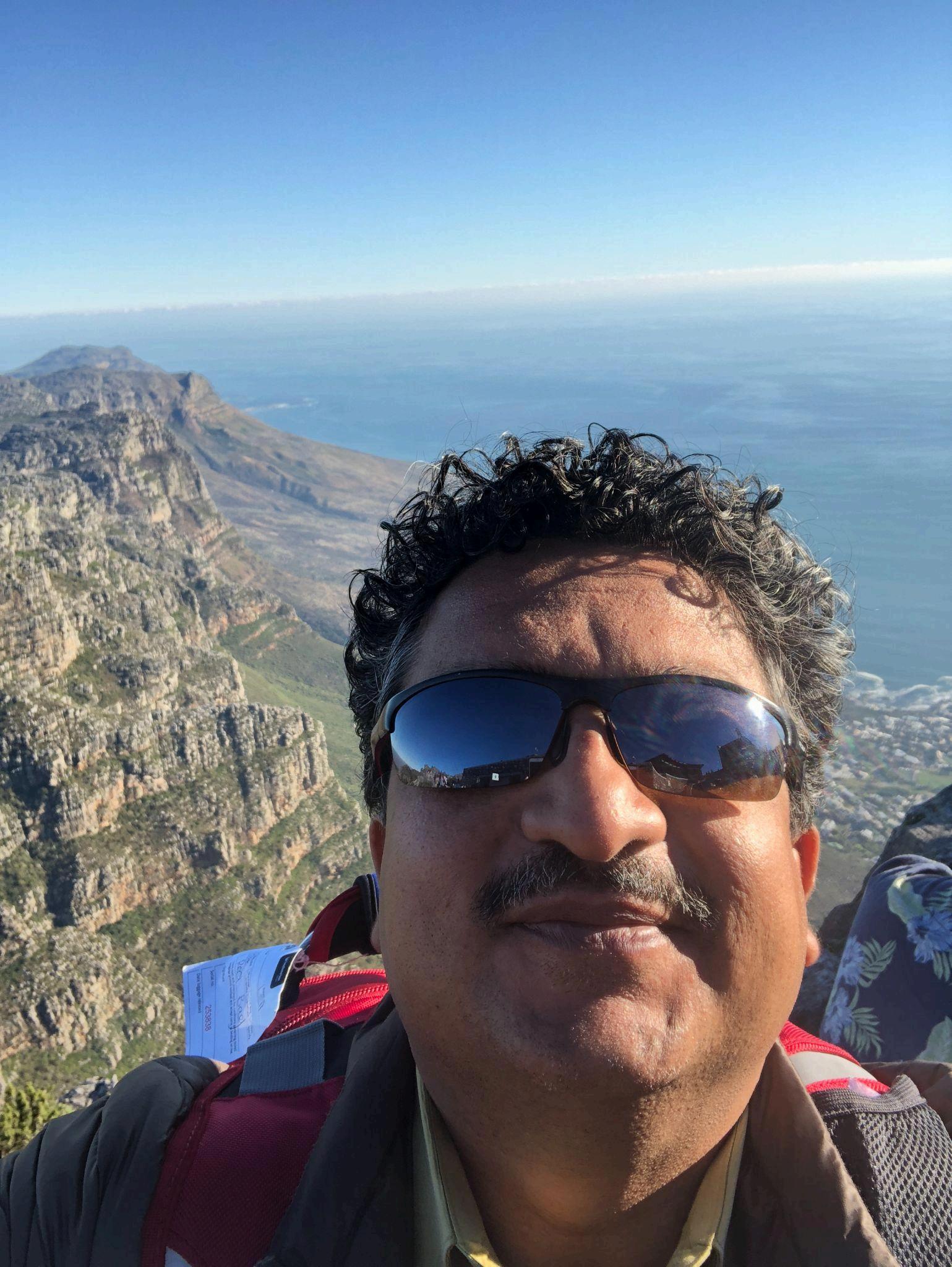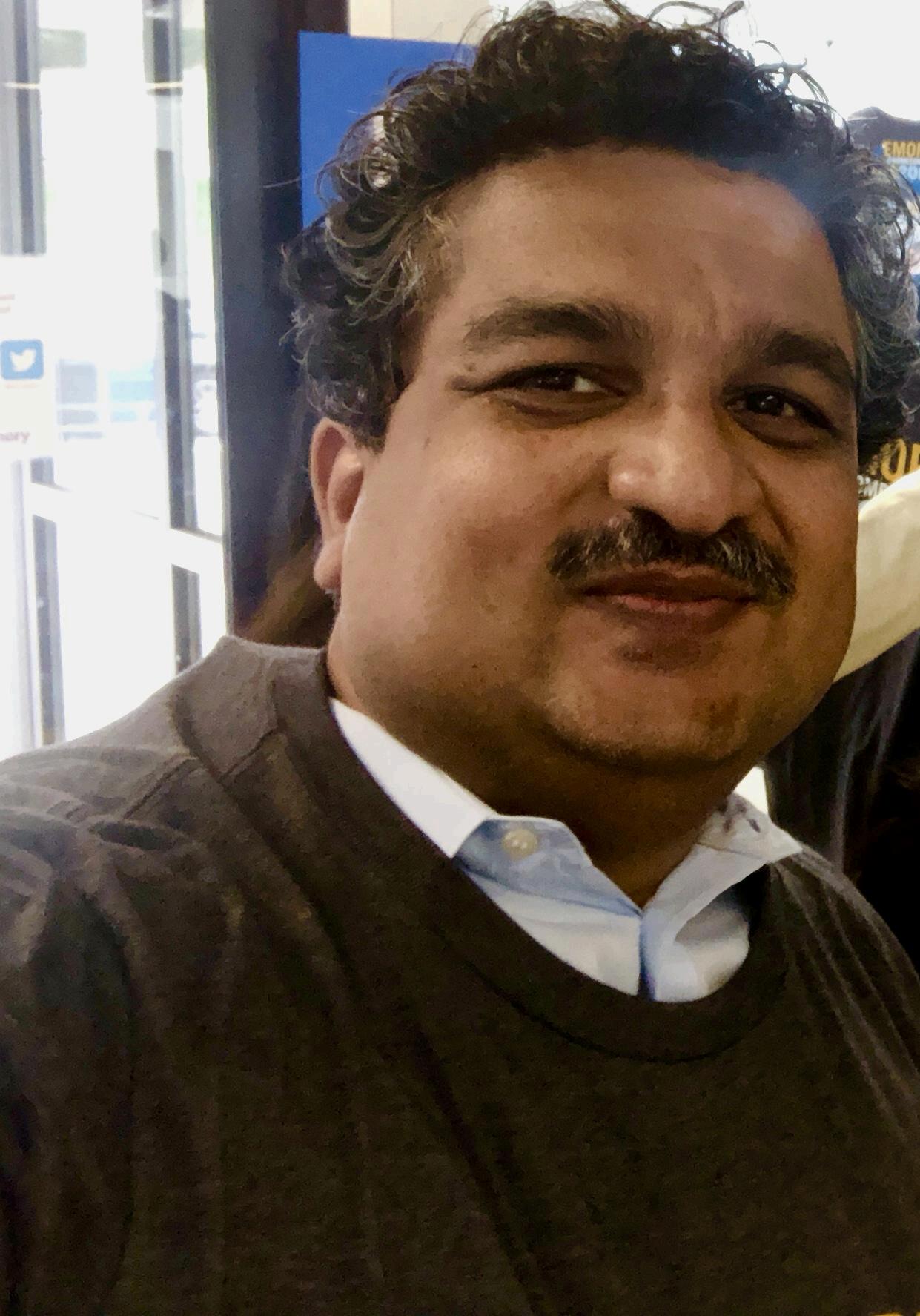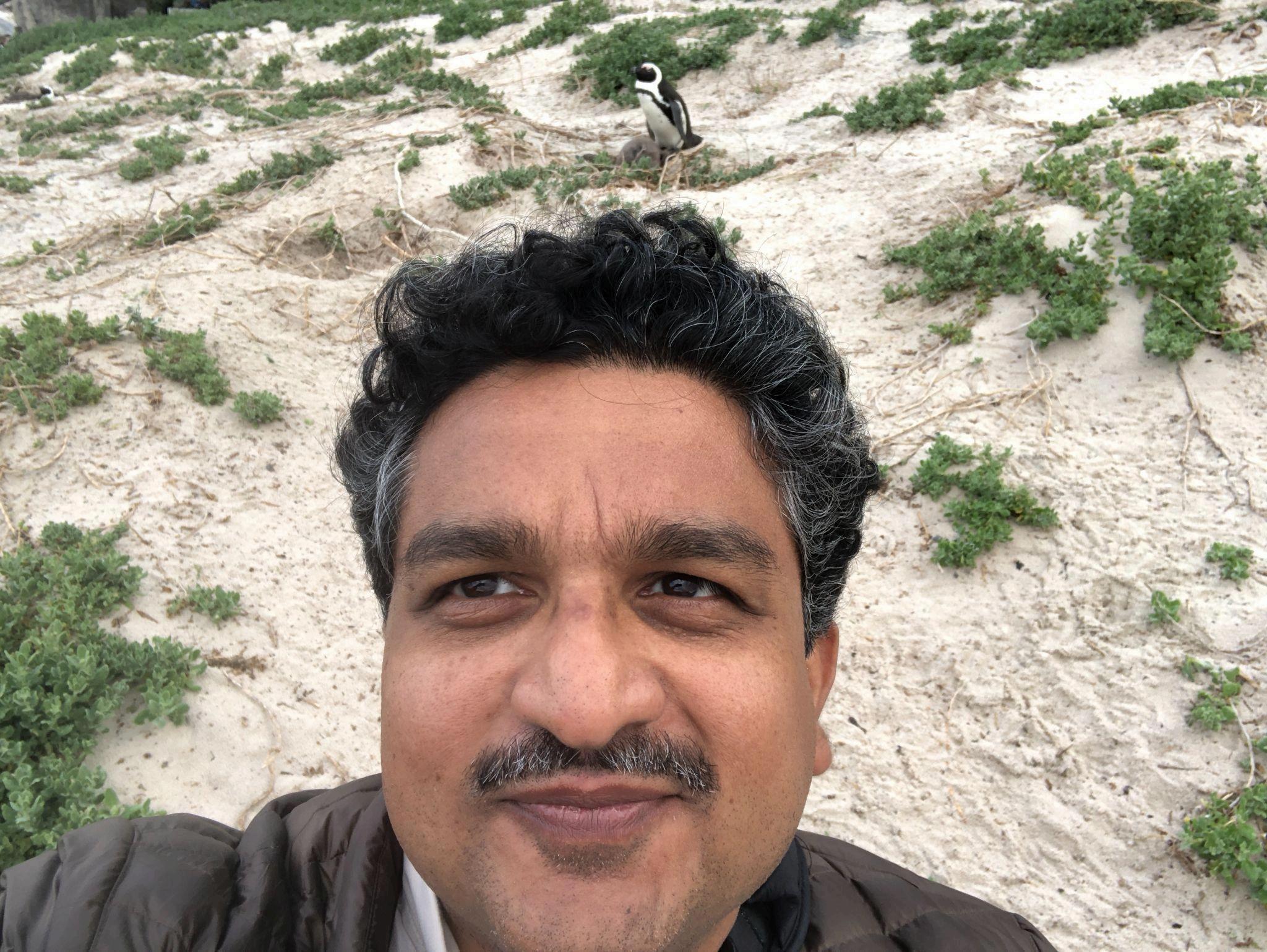The Experience of Interfaith Travels as a Path to Understanding

Isam Vaid suggests that the experience of interfaith travel offers far more than sightseeing; it provides a profound opportunity to engage with the beliefs, traditions, and practices that shape diverse communities. Unlike conventional journeys focused on landmarks or leisure, interfaith travel encourages reflection, dialogue, and connection, allowing participants to discover the richness of spiritual diversity and the common values shared across faiths These experiences transform travel into a journey of both outer exploration and inner growth.
Visiting sacred spaces is often at the heart of interfaith travel Walking into grand mosques, ornate temples, serene monasteries, or centuries-old cathedrals offers an intimate look into how faith is practiced and preserved These encounters reveal not only the beauty of architecture and ritual but also the devotion of the communities that sustain them. Observing worship, rituals, or festivals provides an authentic perspective on how spirituality shapes daily life, inspiring respect and humility in travelers

Equally meaningful are the personal interactions that occur along the way Sharing meals with local families, joining community celebrations, or speaking with religious leaders opens doors to a deeper understanding Acts of hospitality and generosity highlight values such as compassion, service, and kindness principles that resonate across traditions. These moments often dismantle preconceived notions and replace them with genuine human connection, reminding travelers of the shared values that unite rather than divide

Education plays a central role in these journeys Many interfaith travel programs are structured to include guided discussions, lectures, and reflection sessions, deepening understanding of the traditions encountered Travelers gain insight not only into other faiths but also into their own beliefs, as exposure to new practices often prompts introspection Young participants in particular benefit from such experiences, carrying lessons of inclusivity, empathy, and global citizenship into their future endeavors
Interfaith travels also foster peacebuilding and dialogue in regions historically marked by conflict Cities like Jerusalem, where multiple religions converge, serve as reminders of both the challenges and the possibilities of coexistence. Travelers engaged in respectful dialogue contribute to the spirit of reconciliation, helping to build bridges across divides. These journeys demonstrate that while differences may exist, they need not prevent collaboration and understanding. Instead, interfaith encounters highlight how diversity can be a source of strength.

On a personal level, the experience often becomes a spiritual journey Observing how others connect to the divine through prayer, meditation, or ritual can inspire reflection on one’s own practices and values. For some, this deepens appreciation for their traditions, while for others, it sparks curiosity and openness to new perspectives The journey becomes as much about
self-discovery as it is about cultural exploration, blending external encounters with inner transformation.

The experience of interfaith travel is about celebrating diversity while embracing shared humanity. Every sacred site visited, every conversation shared, and every tradition witnessed becomes part of a larger narrative of connection These journeys remind us that faith, in all its forms, often converges on universal principles of love, service, and hope By participating in interfaith travel, individuals return not only with memories of the places they have seen but also with insights that foster respect, compassion, and unity in an increasingly interconnected world
